When Parker was in the NICU, I remember sitting in a *circle* with another Mom and 2 nurses. Me and the other mom were *watching* our babies. She had twins in isoletes, Parker was under the bili-lights. The other Momma was having a dificult time expressing enough milk to feed her babies. I, on the otherhand, could have feed the entire NICU- and then some! I was pumping every 3 hours (around the clock) to maintain and develop a good supply so that when Parker came home, he would be exclusively breastfed. I would get about 10 oz at each pumping session. More than enough for Parker (his first fed was 1 tsp). While in the cirle one of the nurses had mentioned something about her daughter trying to buy breastmilk- it was like $2.50 an ounce! For some reason, she was unable to breastfeed or make milk. Originally, I thought- hey! This could be an awesome way to make extra money- I'll pump my breasts all day long for this! 2.50 an oz! WOW! I learned- you have to donate.... they won't pay you for your milk!
While I was on bedrest, I saw an episode of Oprah with a woman who had started some sort of breastmilk donating thing. A few months ago, I saw an ad in Preemie Magazine for Prolacta. So, I filled out the online forms. I was approved to donate as long as my blood work (I also had to undergo DNA testing) came back clear, my OB and Parker's Ped signed off on some paperwork. My bloodwork was cleared and both Dr's approved my decision. Today, I packed up 90 bottles of previously pumped milk- and I still have atleast 150 bottles in the deep freeze waiting to be shipped to the National Breastmilk Bank.
My milk will be used for ill preemies or used to make a human milk fortifier. To beable to get banked breastmilk for your baby- it has to be prescribed! I found how they processed the milk interesting-----
They test the milk~ These tests will:
• confirm that pasteurization was effective.• measure the protein, fat, carbohydrates, calories, vitamins and minerals• verify the nutritional label • ensure the absence of certain viruses
STEP 1: Clean Room - All processing technicians working in the clean rooms must undergo regular medical exams, cannot be sick while working, and must wear special clean room protective uniforms complete with gloves and face masks.
STEP 2: Thawing and Pooling - The milk from qualified donors is thawed and pooled together in a large stainless steel tank. The temperature of the tank is carefully controlled to keep the milk cold during blending and analysis.
STEP 3: Centrifugation - Once the milk is pooled, it is separated into cream and skim. A sample is taken of both for analysis to determine the level of protein, fat and carbohydrates, as well as the total calories.
STEP 4: Formulation - Portions of the skim and cream are blended in exact quantities to adjust levels of protein and calories. Protein, fat and calories are vital to your baby’s growth and development. They are measured carefully so that each feeding of these human milk preparations will support your baby’s growth and development.
STEP 5: Pasteurization - The milk is pasteurized using a special High Temperature Short Time (HTST) or equivalent process. For premature babies, the pasteurization process is important because it provides an extra measure of safety, but still preserves important nutrients your baby needs.
STEP 6: Filling - The milk is cooled rapidly and held at a very cold temperature while it is being filled into oral syringes.
STEP 7: Storage - The pasteurized human milk formulations are stored in a -30° C freezer and held until more tests are performed. These tests are performed by independent laboratories to make sure that the nutritional label is correct and that the pasteurization process was successful.
STEP 8: Use - The milk is now ready to be fed to babies in the NICU.
Suzanne's Baptism 1992
-
Linda Anderson sent Suzanne this picture of the family on her baptism day
on February 15, 1992.
[image: Share/Save/Bookmark]
1 year ago











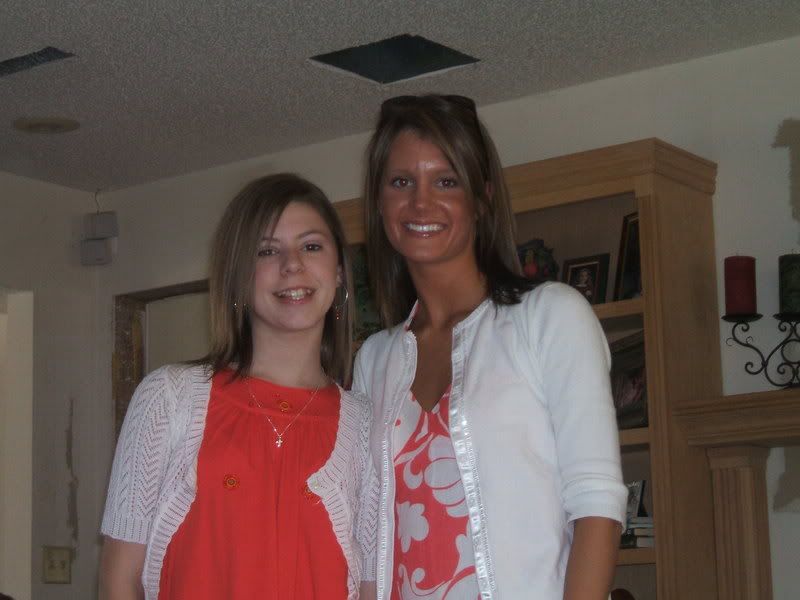
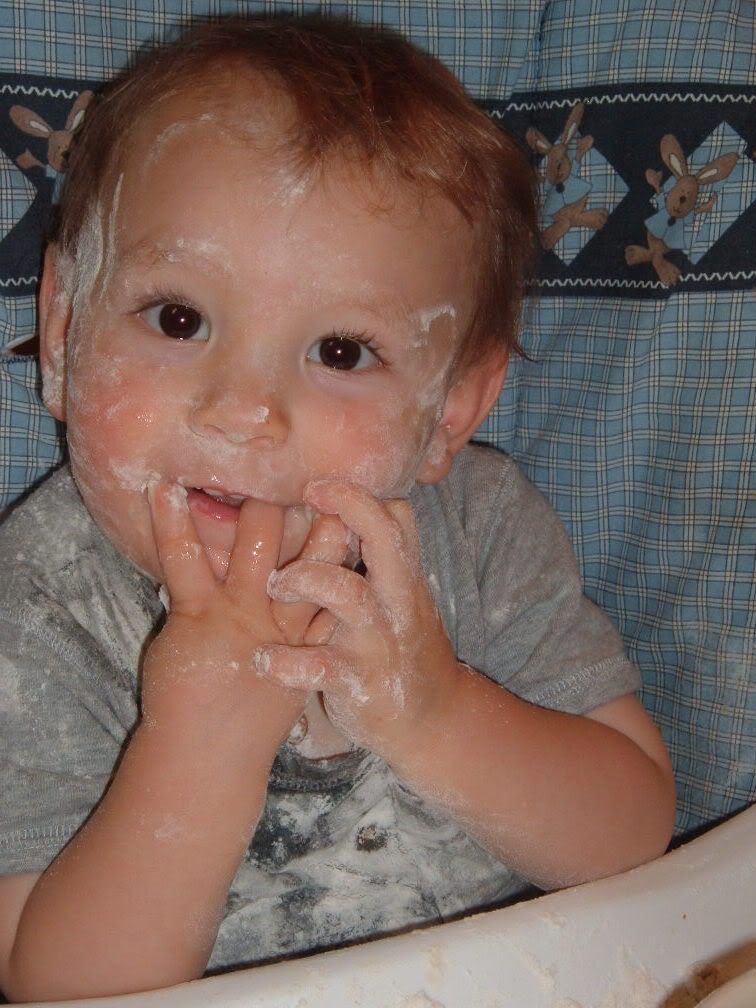





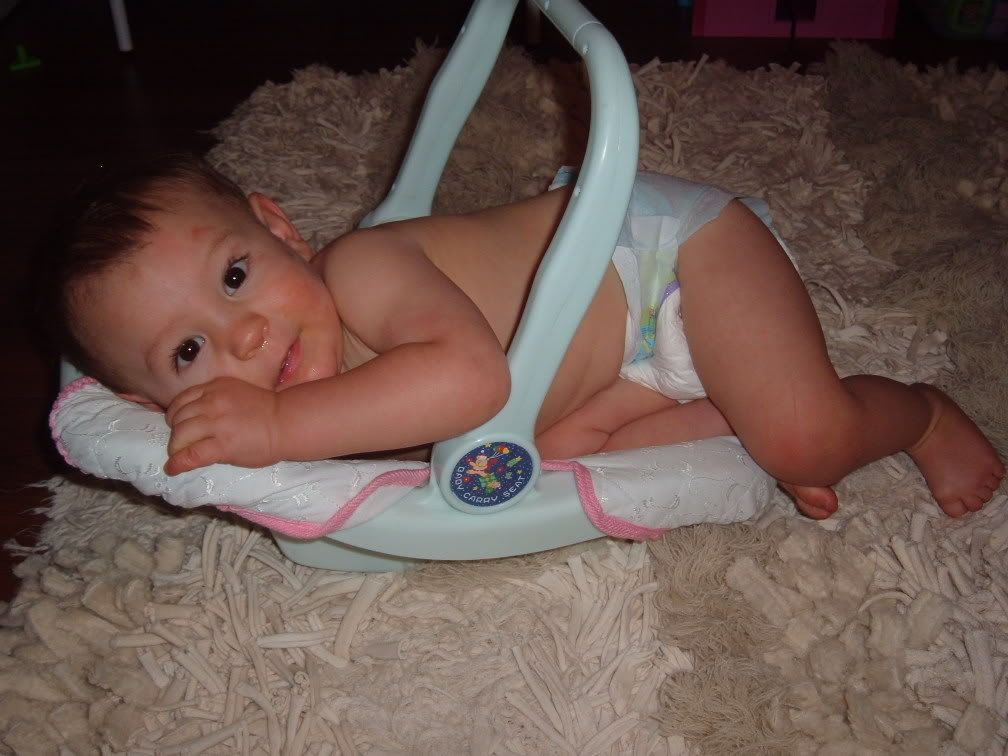


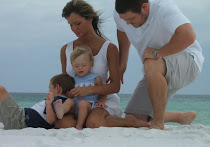








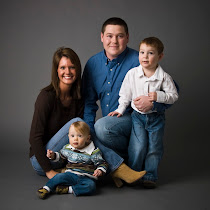






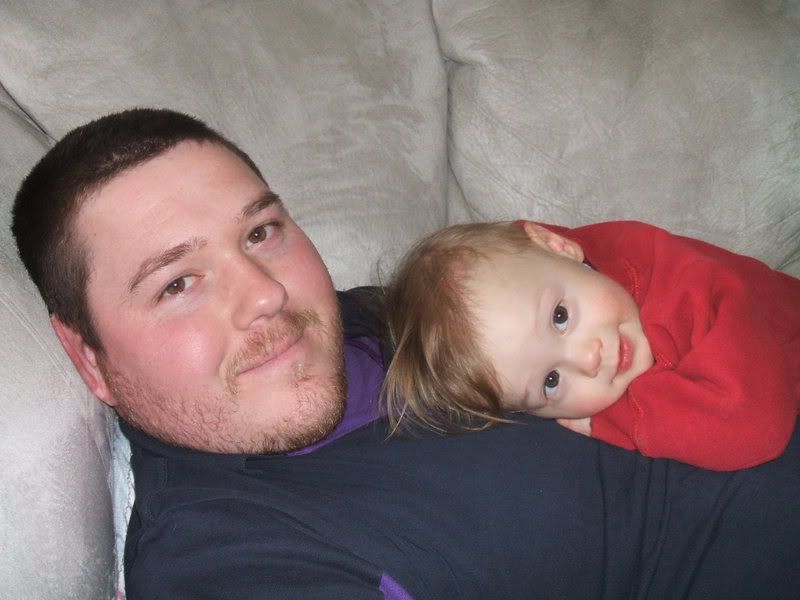
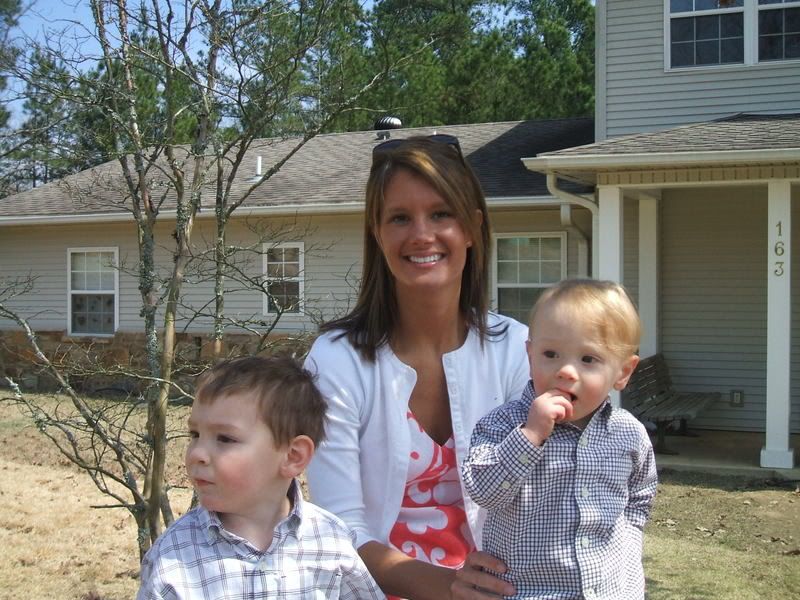














Jessica, this is astounding! I'm so 'breastmilk' jealous. LOL.
ReplyDeleteWhat a great organization!